Upright Juniper Pruning: Pruning An Upright Juniper Shrub
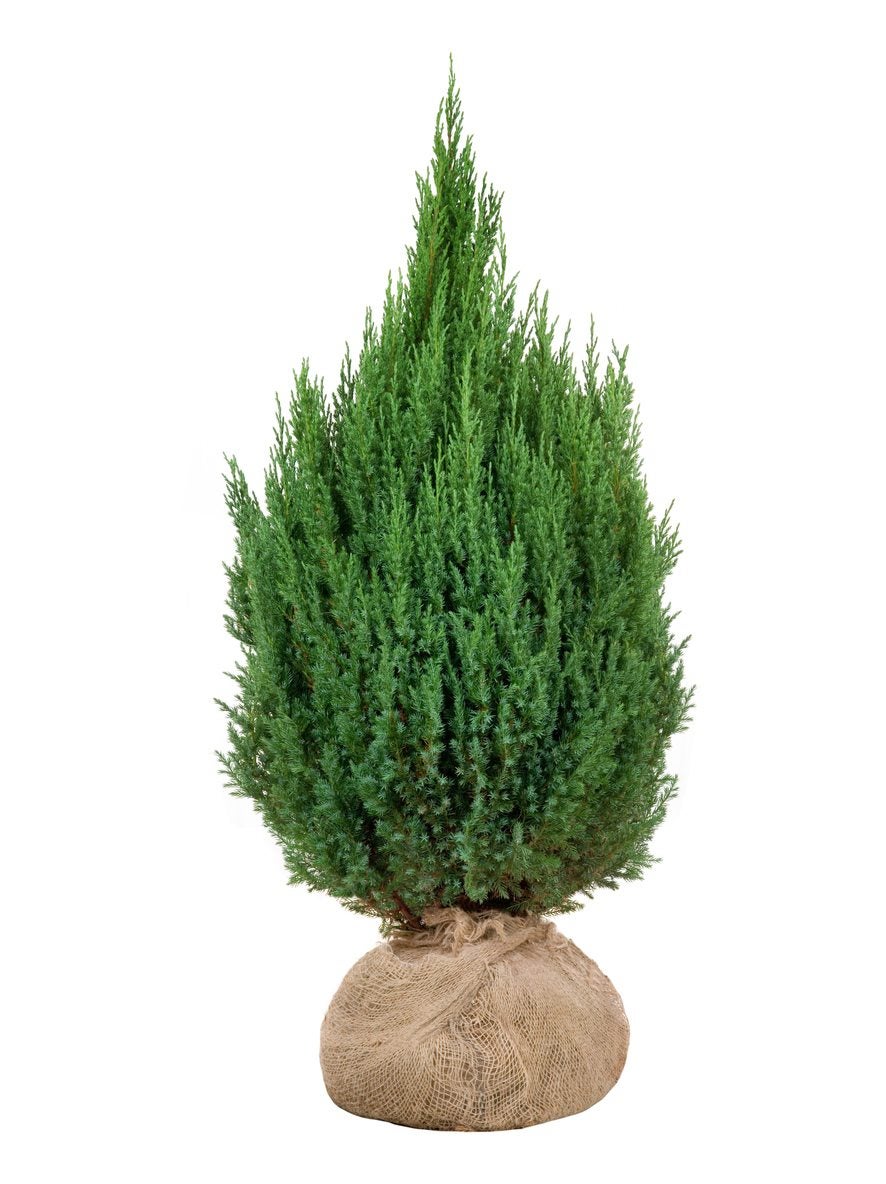

Upright junipers are tall, hardy, and slender shrubs to small trees that make a real statement in a landscape. Left to its own devices, a juniper can become lanky. Pruning an upright juniper is essential to keep it looking its best. If you are wondering how to prune an upright juniper or have other questions about upright juniper pruning, read on.
Upright Juniper Pruning
Upright junipers are tall, shrubs/trees that are described as columnar in a landscape setting. They work well in garden spots that are narrow but where a plant with height is needed. When you start pruning an upright juniper, one intent is to keep it narrow and dense. As the branches grow, they can become heavy and pull away from the trunk. This causes the tree to look disheveled, rather than tight and neat. Upright juniper pruning can help a shrub that is losing its shape. You’ll need to start selectively pruning a juniper bush by trimming back each branch’s terminal tip. This will reduce the length and weight of the branch, making it less likely to pull out from the trunk. You can also use an arbor tie to attach sagging branches to the central trunk.
Training an Upright Juniper
Training an upright juniper is another term for pruning the tree when it is young. If you start training an upright juniper early, the tree can grace your garden for years. When to start pruning a juniper bush? Get out the pruners in early spring. Pruning an upright juniper at this time of year gives the tree’s branches time to regrow over the summer season. Spring is also a great time to clip out juniper branches injured in winter weather.
How to Prune an Upright Juniper
Start by taking out dead and dying branches. Remove these at the branch junction. This selective thinning also leaves the upright juniper looking natural and open. Continue pruning a juniper bush until you have removed all broken, diseased, injured, or dead branches. Take out interior branches that have become shaded by other growth. Without sunlight, these branches will die anyway, so it is better to remove them. If you are wondering how to prune an upright juniper when branches cross, you’ll want to prune out one of them. This eliminates the rubbing action. Crossing branches can block air circulation and block out sunlight, conditions that can lead to spread of diseases.
Gardening tips, videos, info and more delivered right to your inbox!
Sign up for the Gardening Know How newsletter today and receive a free copy of our e-book "How to Grow Delicious Tomatoes".

Teo Spengler is a master gardener and a docent at the San Francisco Botanical Garden, where she hosts public tours. She has studied horticulture and written about nature, trees, plants, and gardening for more than two decades. Her extended family includes some 30 houseplants and hundreds of outdoor plants, including 250 trees, which are her main passion. Spengler currently splits her life between San Francisco and the French Basque Country, though she was raised in Alaska, giving her experience of gardening in a range of climates.
-
 Looking For Plants To Give You The Soft And Fuzzies? Try These 5 Fuzzy Leaf Plant Options
Looking For Plants To Give You The Soft And Fuzzies? Try These 5 Fuzzy Leaf Plant OptionsLovers of texture, drama, silver foliage and tactile plants will adore these special sensory garden additions. These fuzzy leaf plant options will leave you all aglow
By Susan Albert
-
 Get Ready For A Summer Of Hummers! Grow These Full Sun Hummingbird Plants and Flowers
Get Ready For A Summer Of Hummers! Grow These Full Sun Hummingbird Plants and FlowersIf you’re lucky enough to enjoy a sunny backyard, make sure you are maxing out on your pollinator opportunities and grow these full sun hummingbird plants and flowers
By Tonya Barnett
-
 How To Grow A Potted Juniper: Caring For Juniper Trees In Containers
How To Grow A Potted Juniper: Caring For Juniper Trees In ContainersSmall juniper trees grow well in containers. Click here for information on how to care for potted junipers.
By Teo Spengler
-
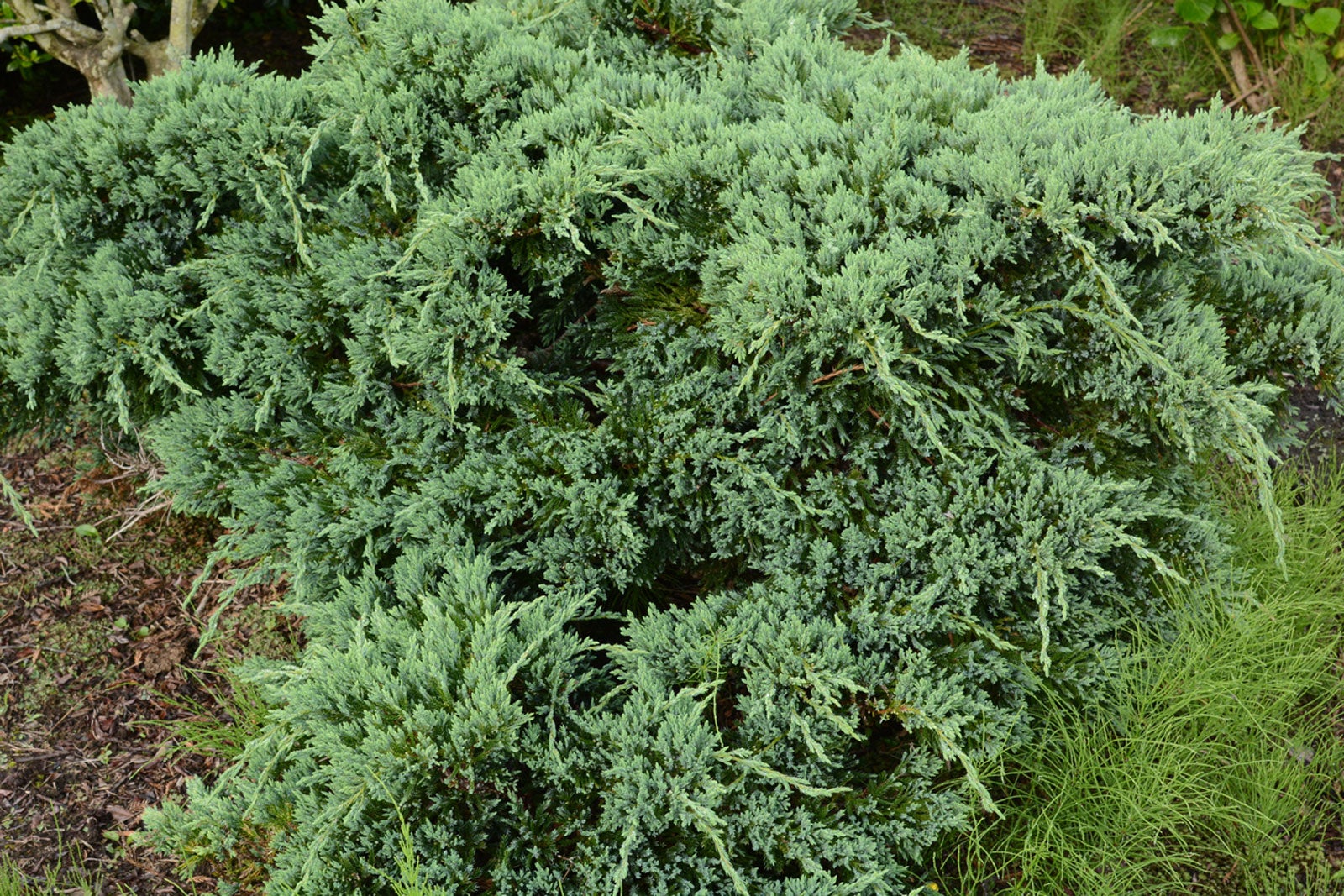 Japanese Juniper Care – How To Grow A Japanese Juniper Plant
Japanese Juniper Care – How To Grow A Japanese Juniper PlantIf you want a "set and forget" type of plant, Japanese juniper care is minimal and easy once established. For more information about this shrub of low heights and how to grow it in your garden, click the following article.
By Bonnie L. Grant
-
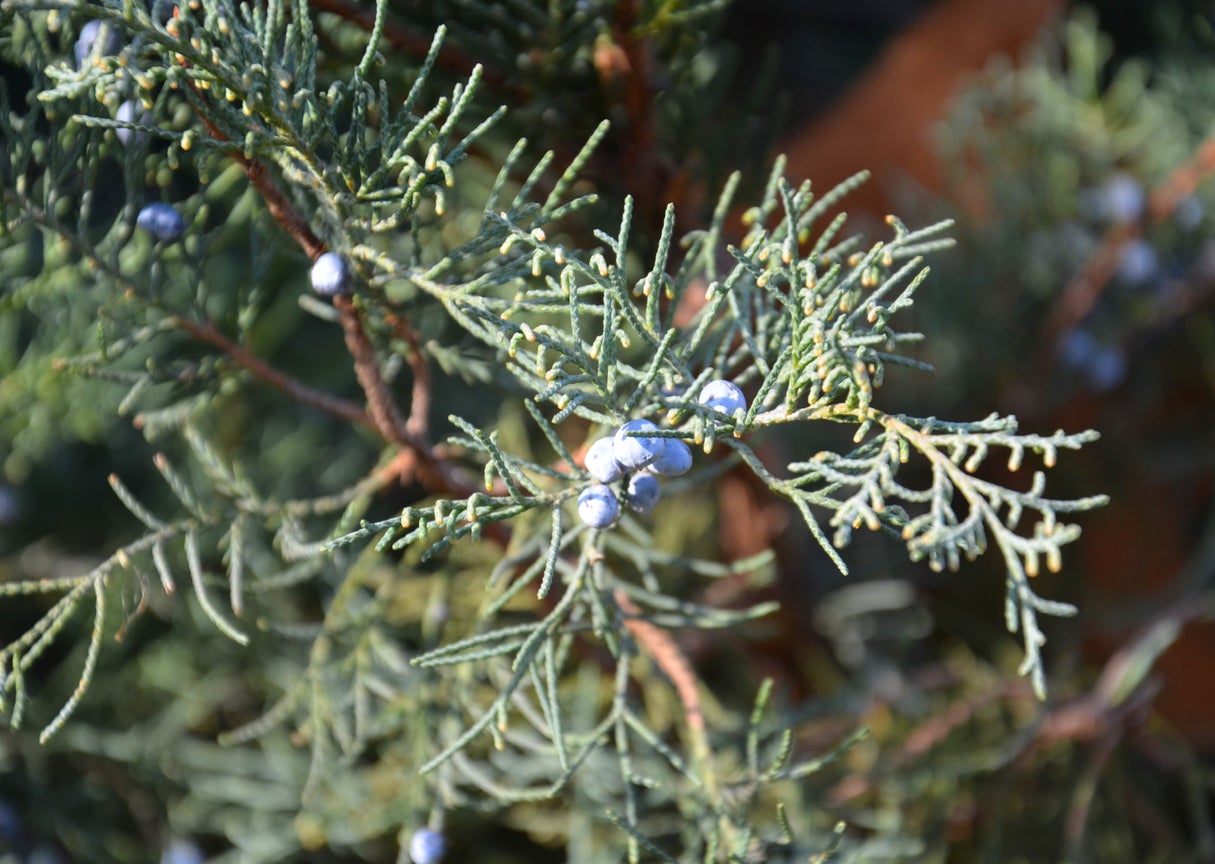 Mountain Cedar Information: Is Mountain Cedar Pollen Causing You Problems
Mountain Cedar Information: Is Mountain Cedar Pollen Causing You ProblemsMountain cedar is a tree with a common name full of contradictions. The tree is not a cedar at all, and its native range is central Texas, not known for its mountains. In fact, trees called mountain cedar are actually ashe juniper trees. Click here to learn more.
By Teo Spengler
-
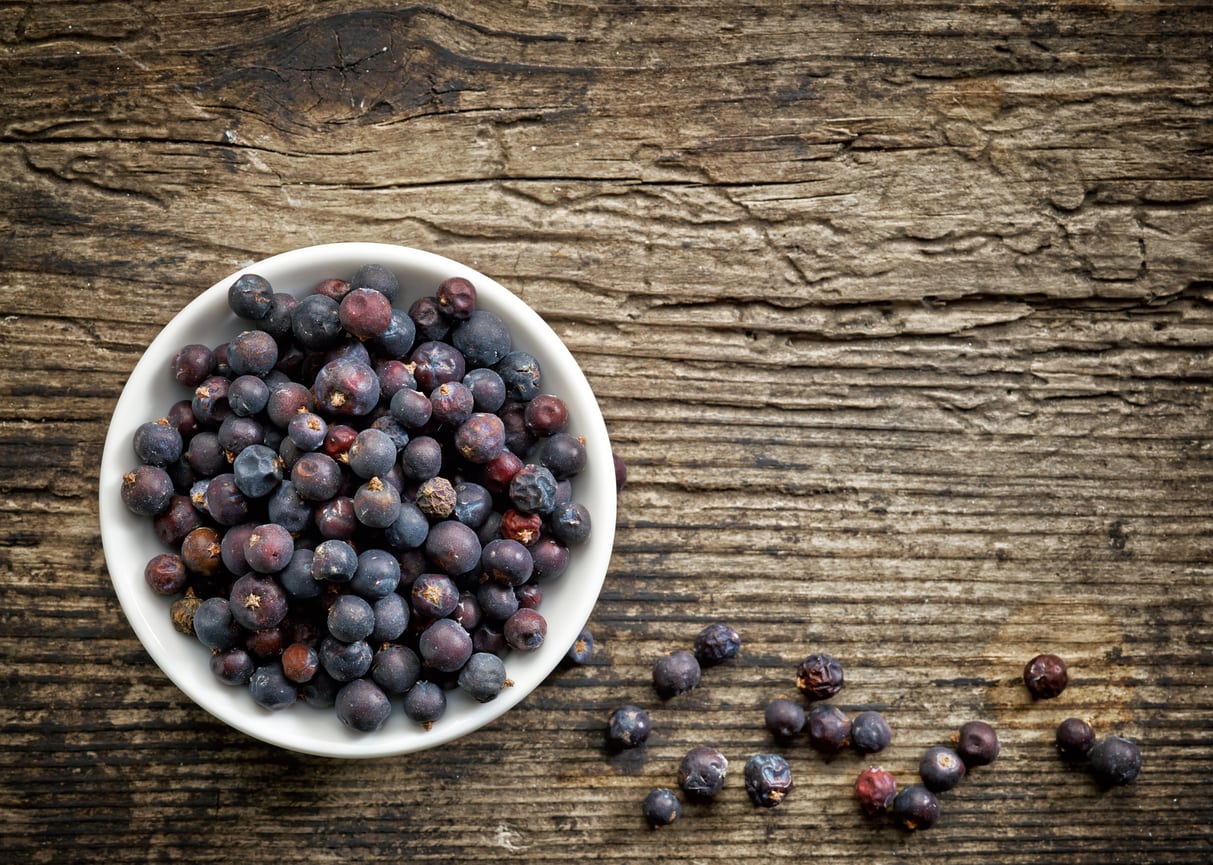 Are All Juniper Berries Edible – Is It Safe To Eat Juniper Berries
Are All Juniper Berries Edible – Is It Safe To Eat Juniper BerriesJuniper berries have been used as a strong flavoring for wine, mead, and other alcoholic beverages, as well as a spice for meats, stews, sauerkraut, and other dishes. Upon reading this, you may be wondering are all juniper berries edible? Click here for that answer.
By Darcy Larum
-
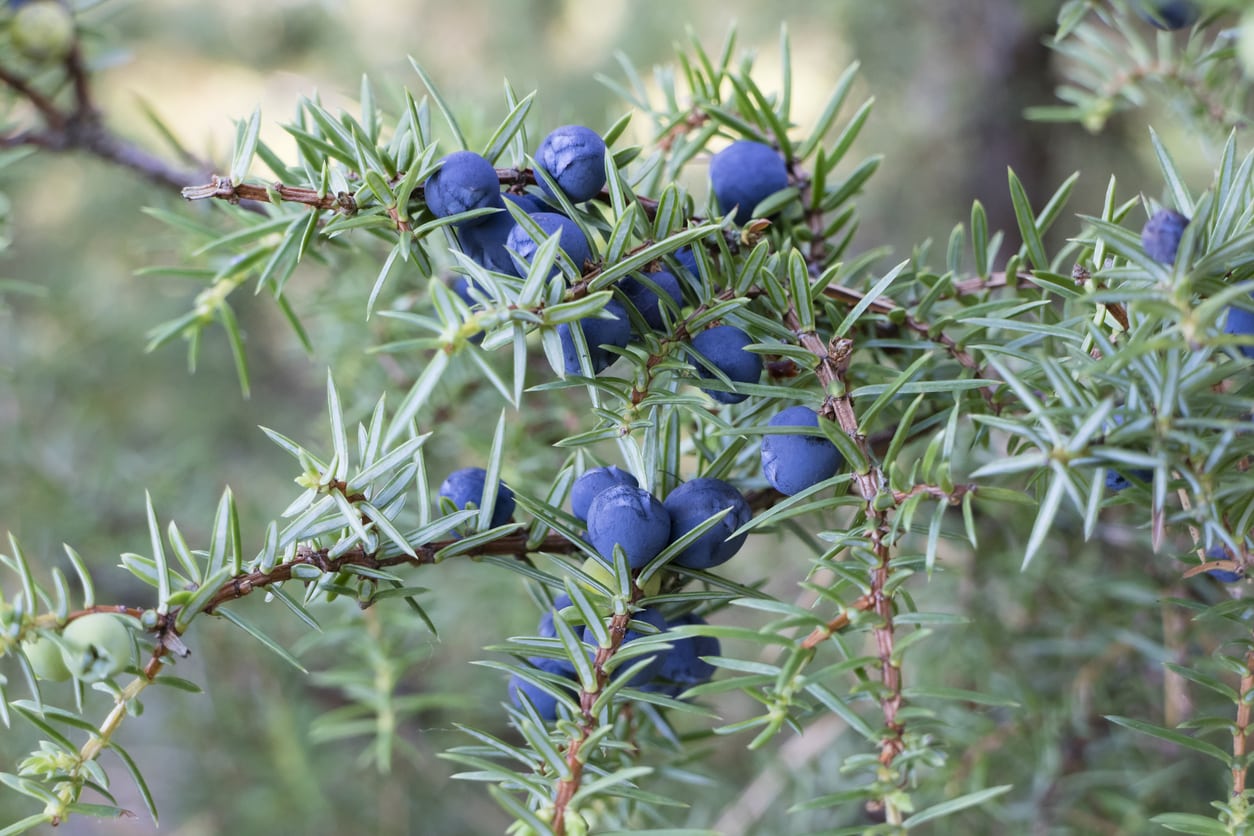 Juniper Berry Uses – What To Do With Juniper Berries
Juniper Berry Uses – What To Do With Juniper BerriesGiven that they are prolific and the fruit looks so much like a berry, the natural question is ‘can you eat juniper berries?” If so, what do you do with juniper berries? Click on the following article to find out how to use juniper berries along with some useful juniper berry recipes.
By Amy Grant
-
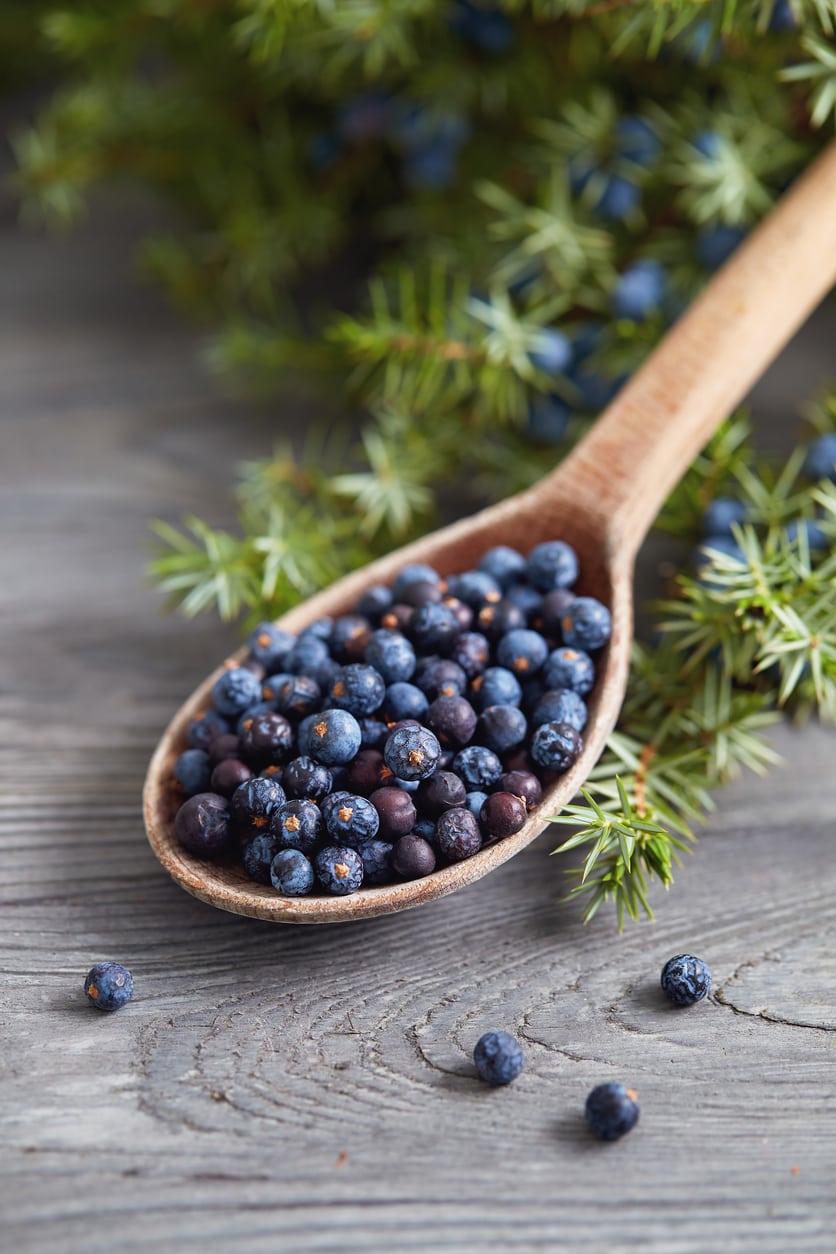 Juniper Berry Harvest Tips: How To Pick Juniper Berries
Juniper Berry Harvest Tips: How To Pick Juniper BerriesMany junipers produce berries that are toxic and inedible, but Juniperus communis berries are edible! Safe, aromatic and interesting, learn how to know which ones are safe how to harvest them.
By Bonnie L. Grant
-
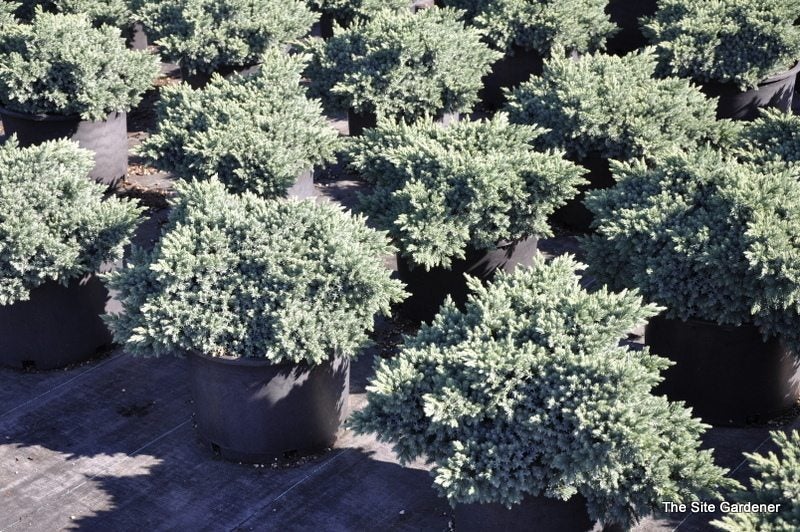 Growing Juniper ‘Blue Star’ – Learn About Blue Star Juniper Plants
Growing Juniper ‘Blue Star’ – Learn About Blue Star Juniper PlantsWith a name like "Blue Star," this juniper sounds as American as apple pie but, in fact, it is native to Afghanistan, the Himalayas, and western China. Gardeners love Blue Star for its thick, starry, blue-green foliage and its graceful rounded habit. Learn more here.
By Teo Spengler
-
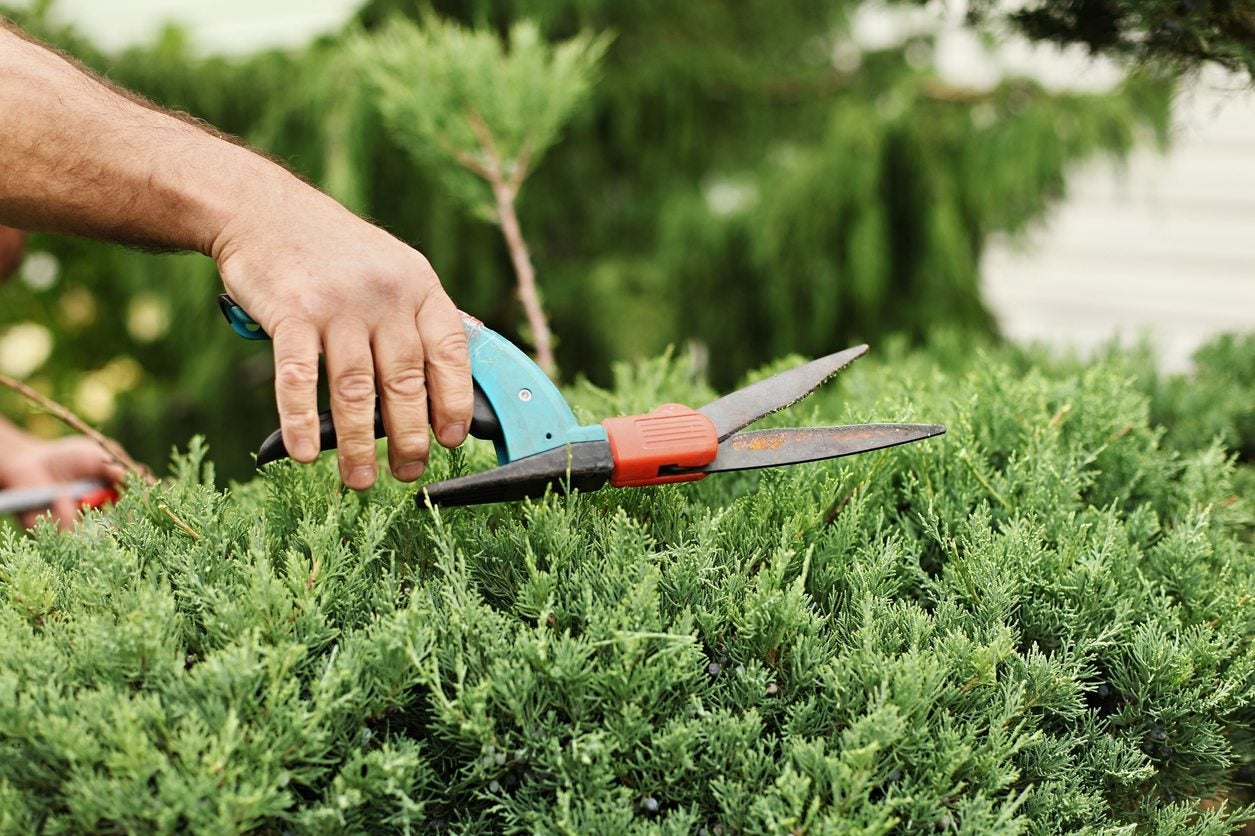 Can You Prune An Overgrown Juniper – Tips For Overgrown Juniper Pruning
Can You Prune An Overgrown Juniper – Tips For Overgrown Juniper PruningJuniper shrubs and trees are a great asset to landscaping. But sometimes, like the best things in life, they get away from us. What was once a smart shrub is now a wild, overgrown monster. So what can you do with a juniper that?s gotten out of hand? Find out here.
By Liz Baessler